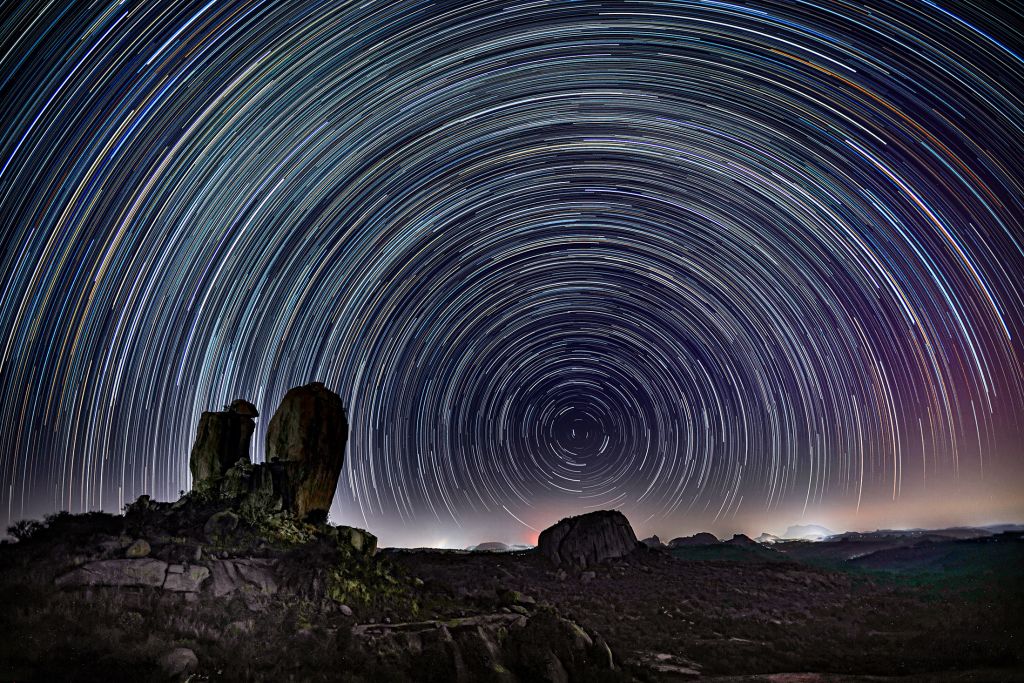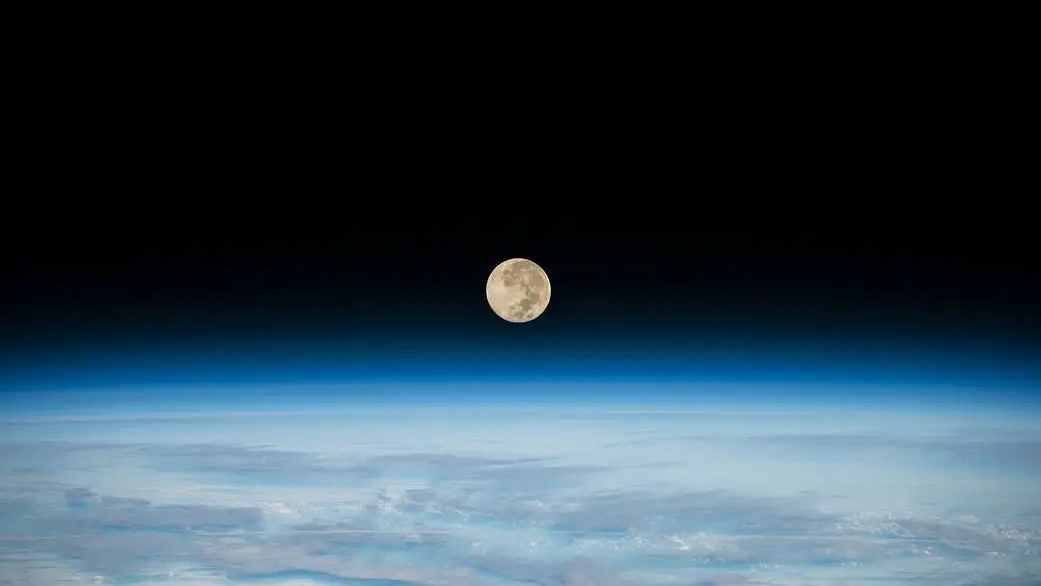
Vicky Stein
Vicky Stein is a science writer based in California. She has a bachelor's degree in ecology and evolutionary biology from Dartmouth College and a graduate certificate in science writing from the University of California, Santa Cruz (2018). Afterwards, she worked as a news assistant for PBS NewsHour, and now works as a freelancer covering anything from asteroids to zebras. Follow her most recent work (and most recent pictures of nudibranchs) on Twitter.
Latest articles by Vicky Stein

Arecibo Observatory: The rise, legacy, and tragic collapse of a giant
By Vicky Stein last updated
Reference The legacy of Arecibo's nearly 60 years of astronomy research is strong, even after its loss in a dramatic 2020 collapse.

What is the speed of light?
By Vicky Stein last updated
Reference The speed of light puts a speed limit on matter, lets us peer back into the history of our universe, and has deep implications for physics and space travel.
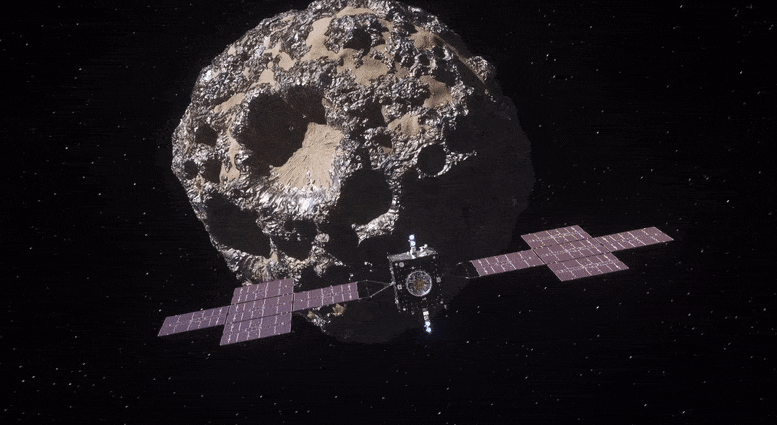
The Psyche mission: A visit to a metal asteroid
By Adam Mann, Vicky Stein last updated
Reference Psyche is a NASA mission that will explore a 140-mile-wide (225 kilometers) metallic asteroid called 16 Psyche. To provide an insight into planetary formation.

Time travel: Is it possible?
By Vicky Stein, Ailsa Harvey last updated
Reference You are time-traveling right now, but how does real time travel differ to that of science fiction? Here, we explore some of the theories behind time travel and the science that supports time-bending.
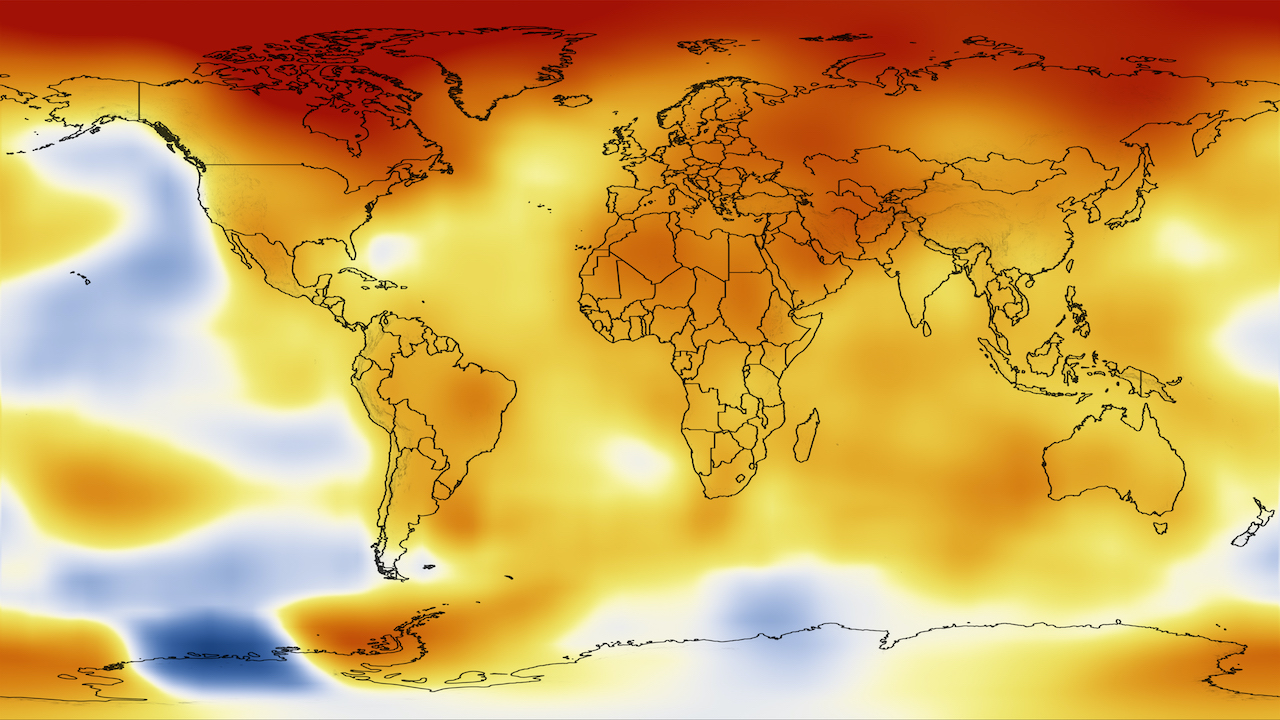
What is the average temperature on Earth?
By Tim Sharp, Vicky Stein last updated
Reference Earth's global average surface temperature is approximately 59 degrees Fahrenheit (15 degrees Celsius). But it's on the rise.

What is string theory?
By Charlie Wood, Vicky Stein last updated
Reference String theory is the idea in theoretical physics that reality is made up of infinitesimal vibrating strings, smaller than atoms, electrons or quarks.
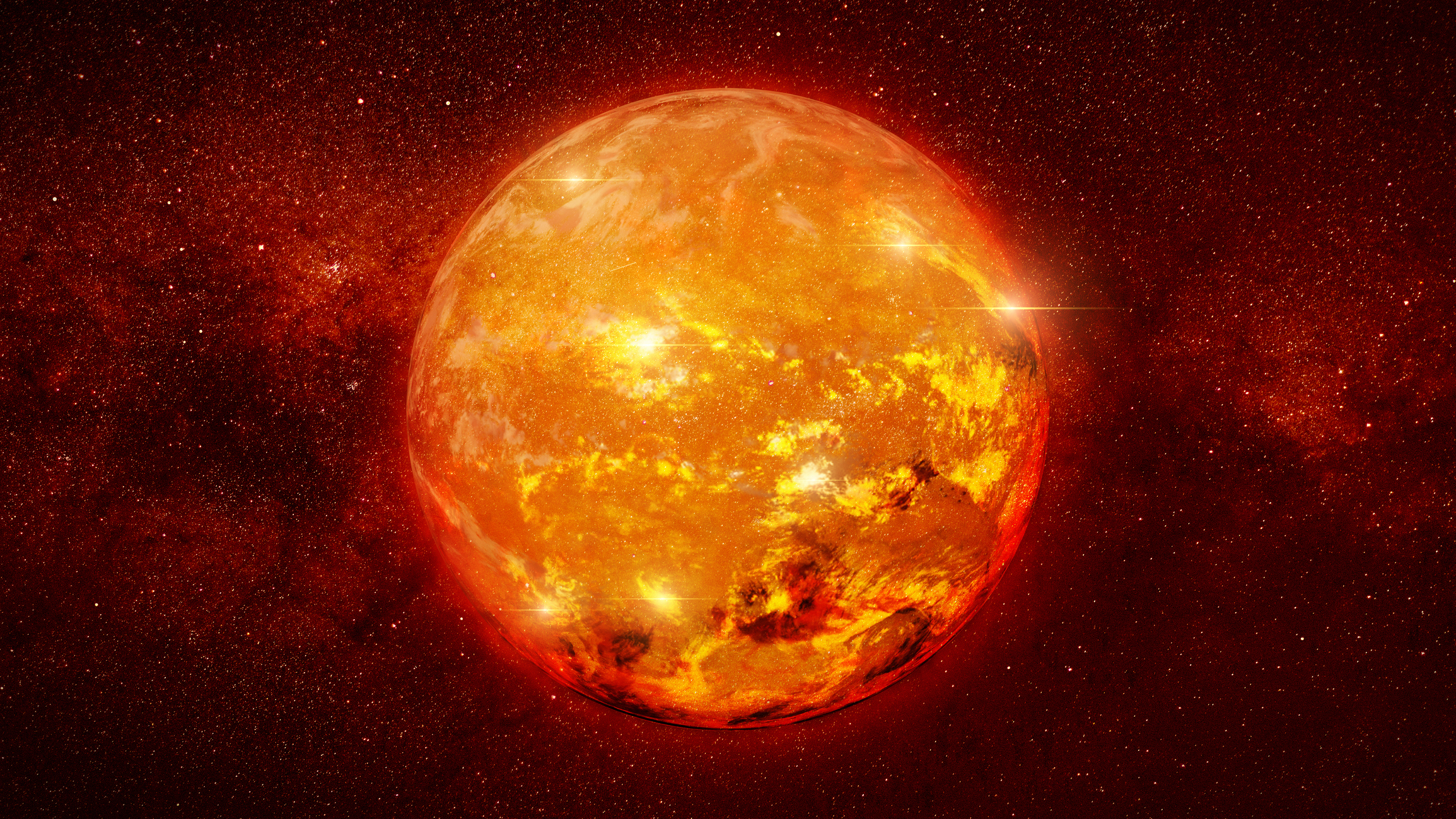
What is the biggest star in the universe?
By Nola Taylor Tillman last updated
Reference The largest known star in the universe is UY Scuti, a hypergiant with a radius around 1,700 times larger than the sun.
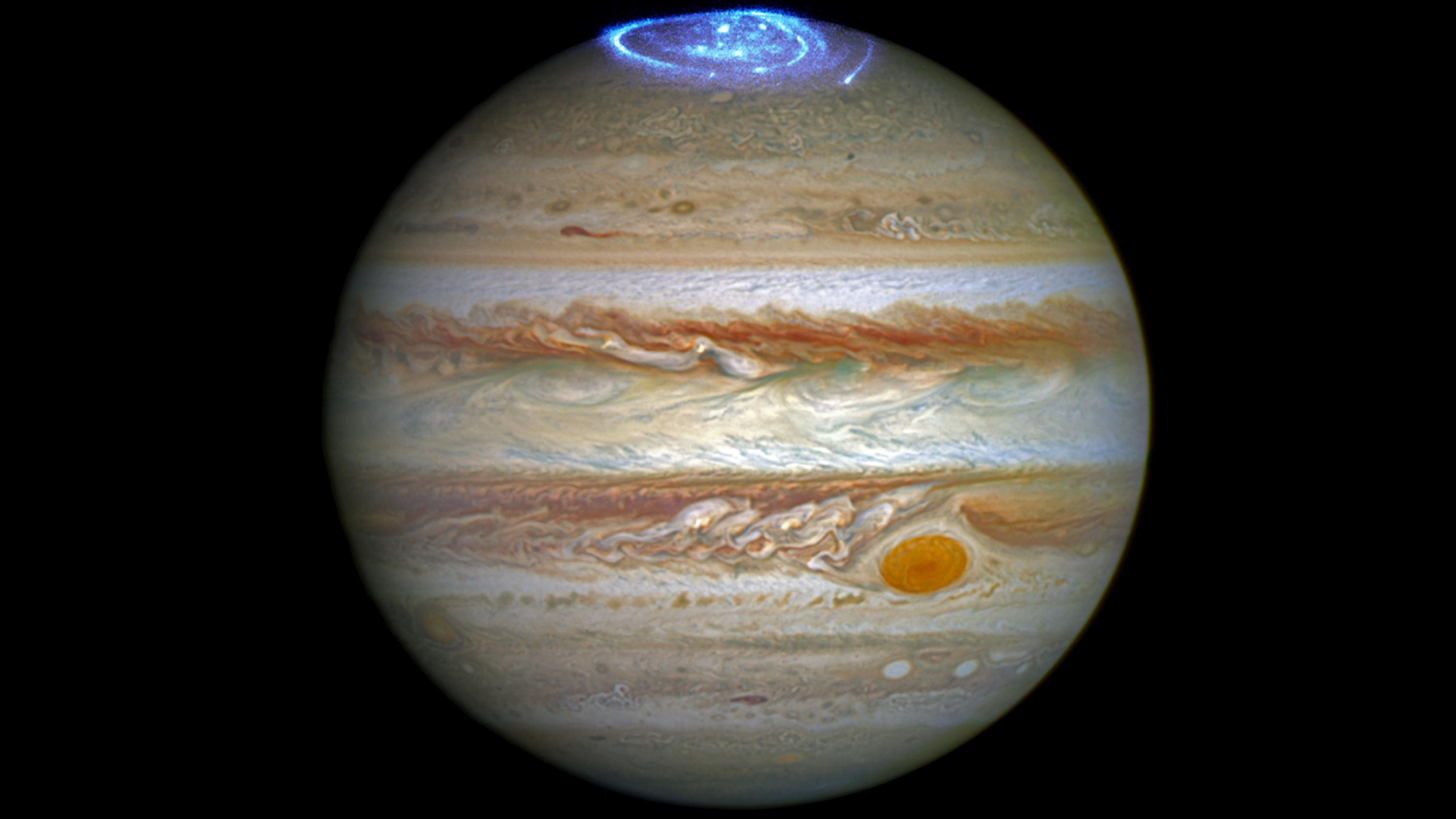
Jupiter: A guide to the largest planet in the solar system
By Charles Q. Choi last updated
Reference Jupiter is the biggest planet in the solar system and has 79 moons. Learn more about the gas giant in our ultimate guide.
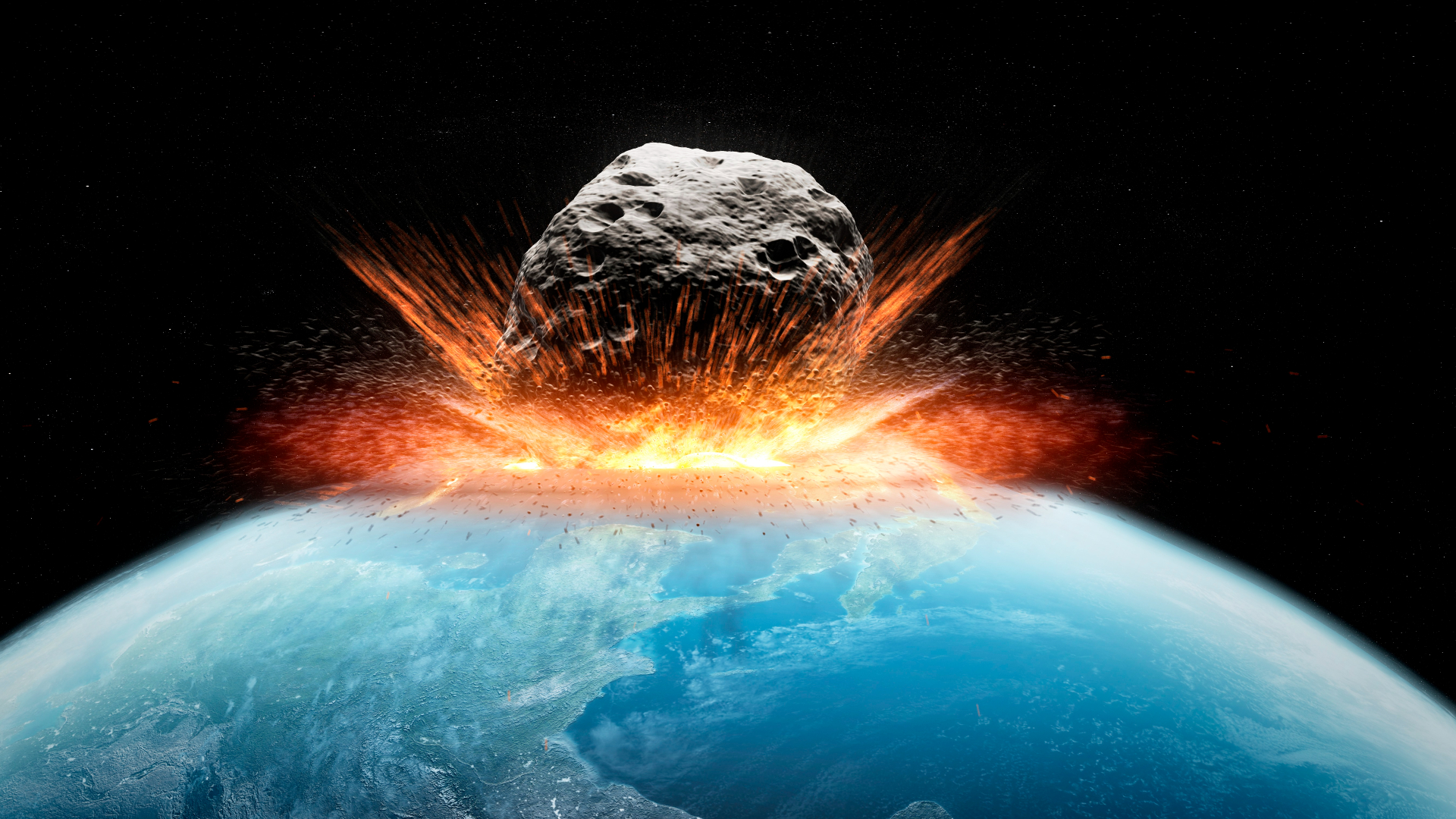
Planetary defense: Protecting Earth from space-based threats
By Vicky Stein last updated
Reference Planetary defense refers to the effort to monitor and protect Earth from asteroids, comets and other objects in space.
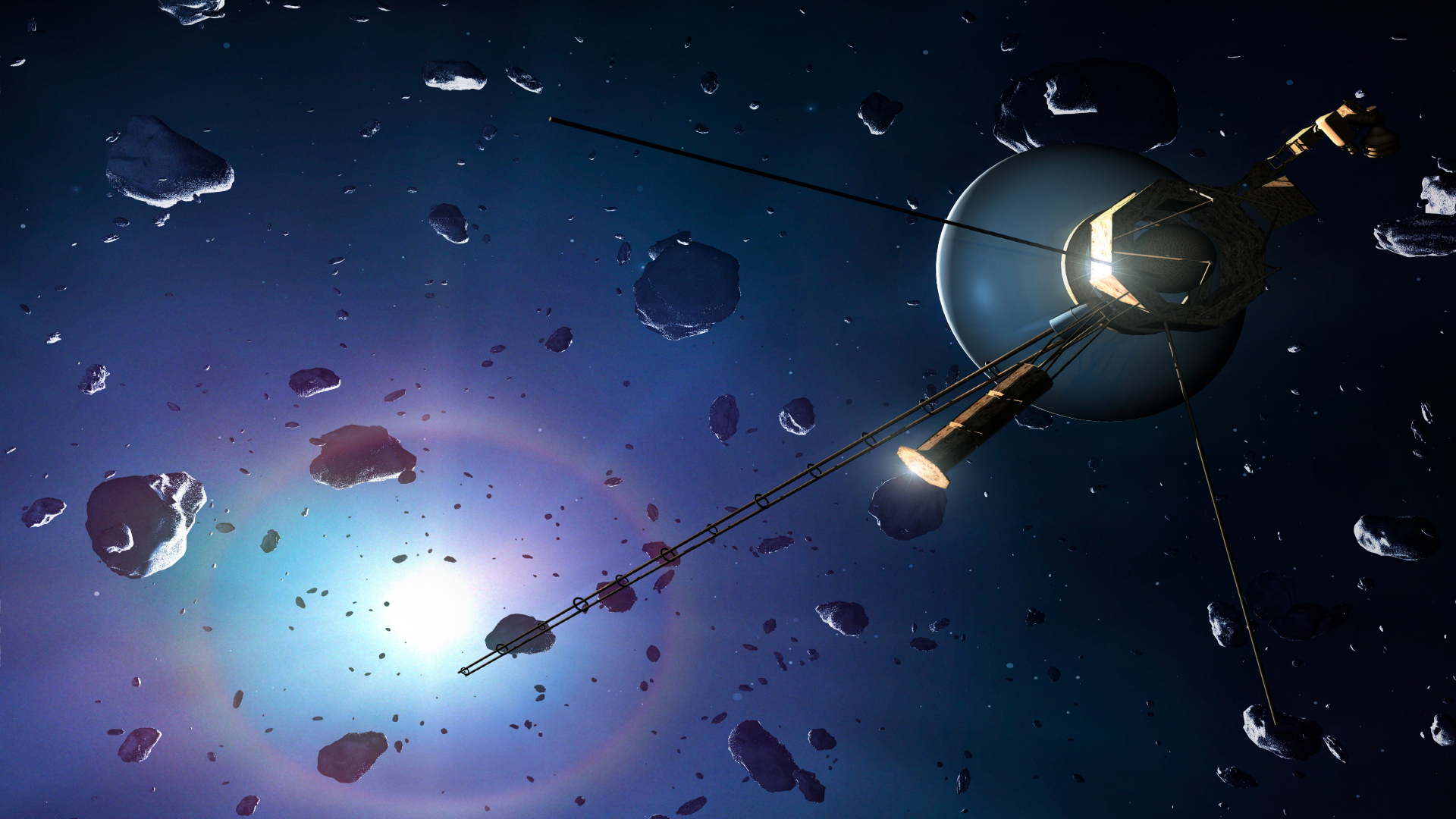
Oort cloud: What is it and where is it located?
By Vicky Stein last updated
Reference The Oort cloud is a shell of icy bodies that surrounds the solar system. Many comets that frequent our inner solar system originate from this distant region.
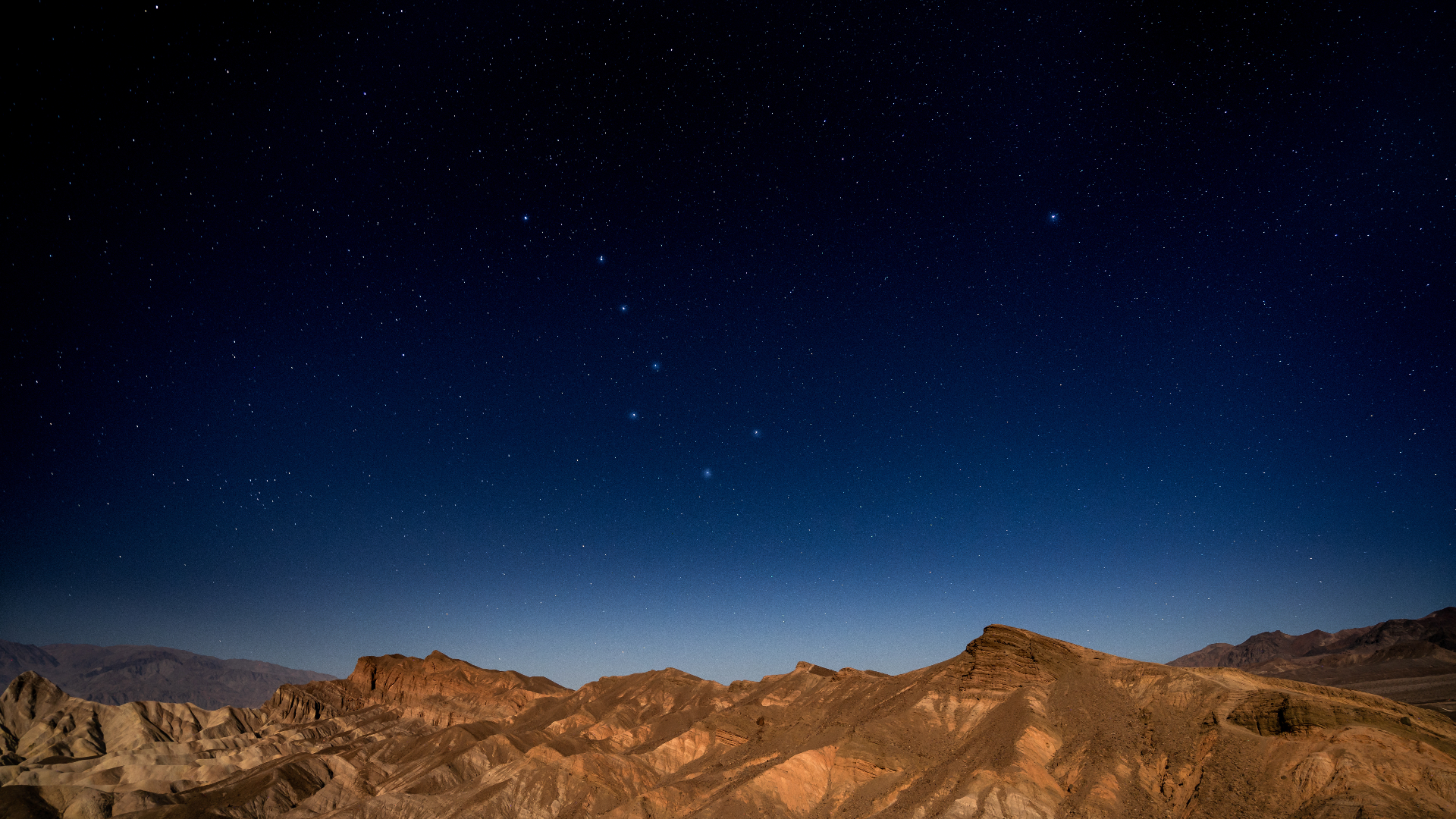
Ursa Major Constellation: Everything you need to know about the Great Bear
By Vicky Stein published
Reference Ursa Major, also known as the Great Bear, is the third-largest constellation in the sky. We explore this well-known constellation in more detail here.
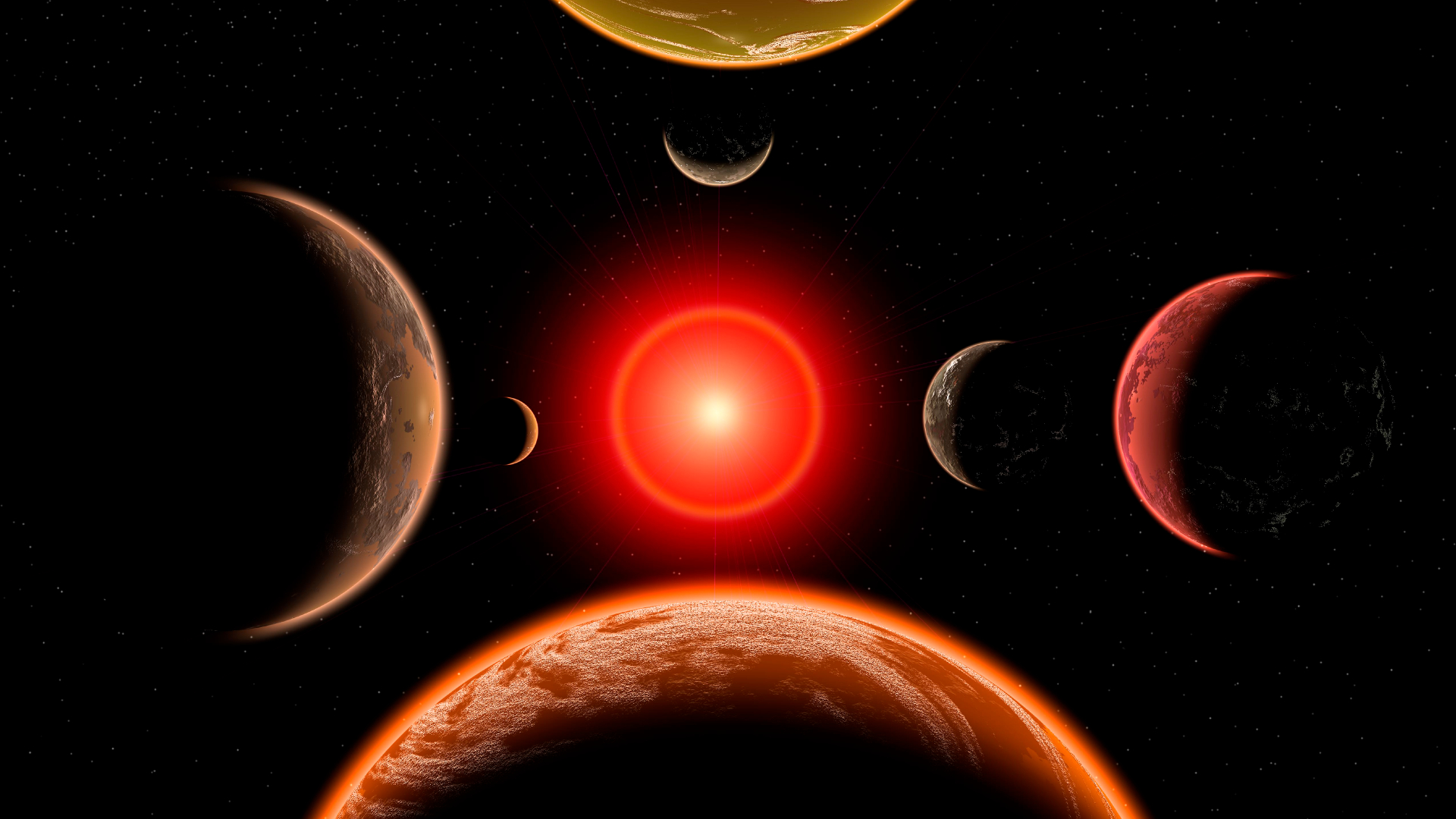
Goldilocks zone: Everything you need to know about the habitable sweet spot
By Vicky Stein published
Reference The Goldilocks zone or habitable zone is the region around a star where an orbiting planet could host liquid water and, therefore, possibly support life.
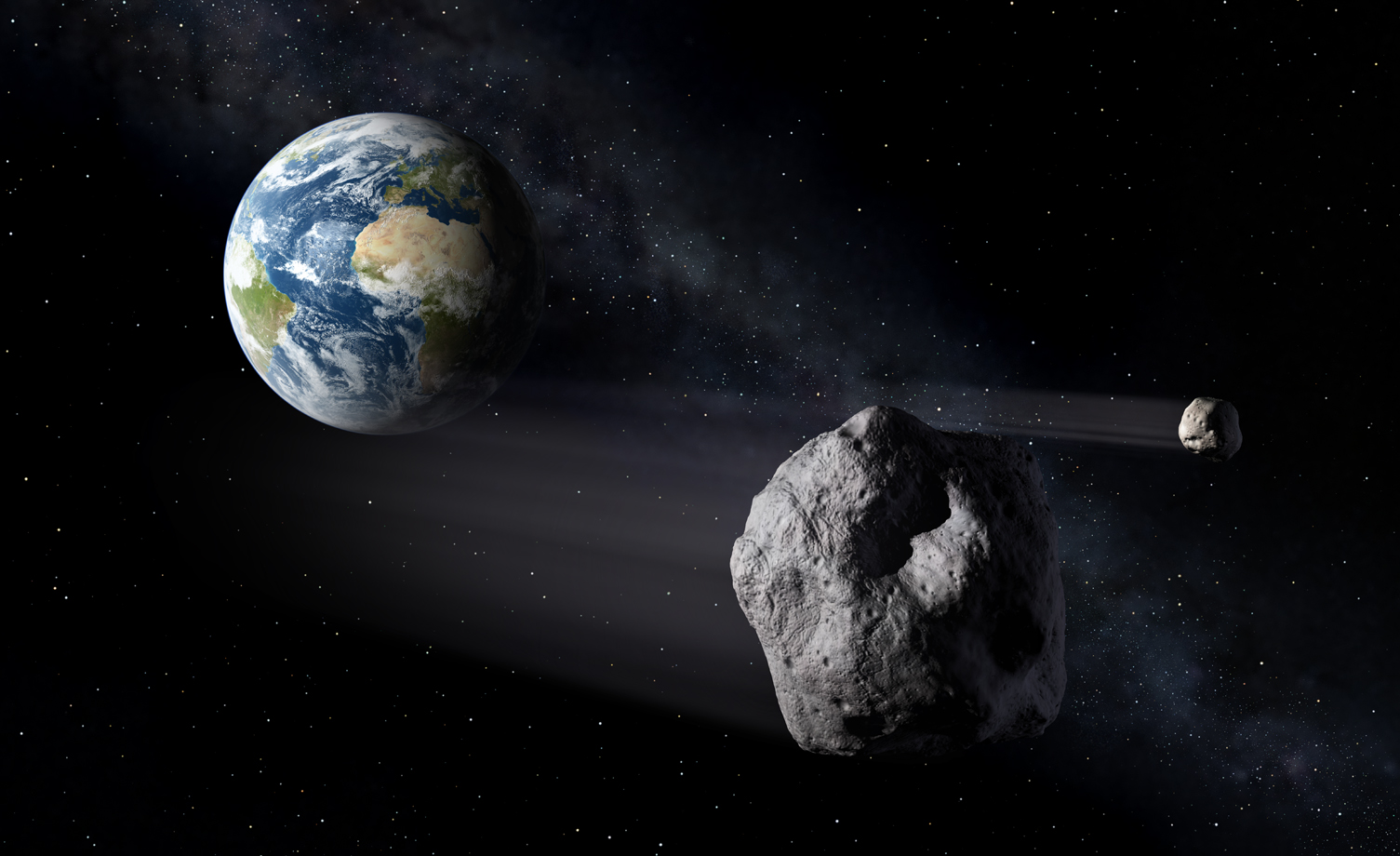
Apophis: The infamous asteroid we thought might hit us
By Robert Lea last updated
Reference Though we can now be certain the asteroid Apophis will not strike Earth in 2029, its close passage offers us a unique scientific opportunity.
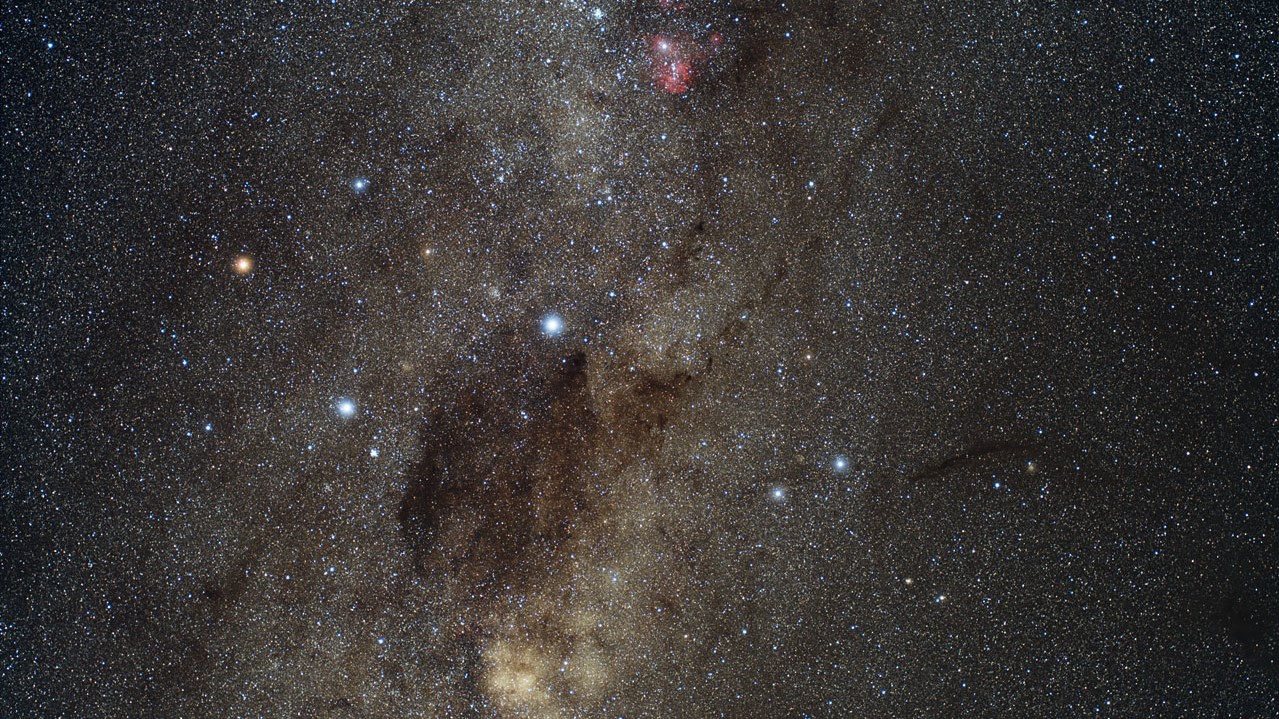
Southern Cross: Crux constellation, stars and mythology
By Vicky Stein published
Reference The Southern Cross has long been a celestial landmark for explorers and travelers. The iconic group of stars is visible mainly from the Southern Hemisphere.
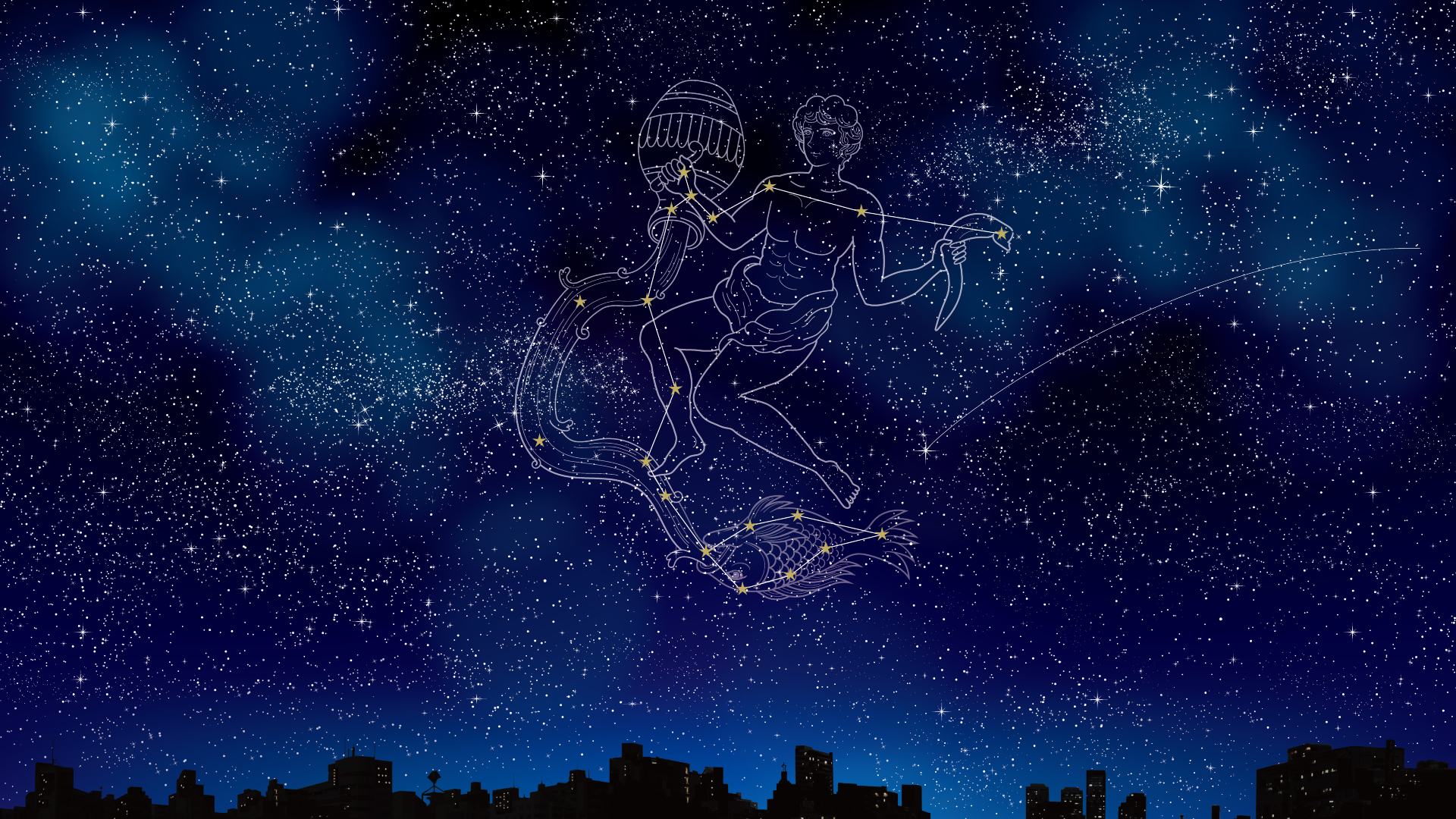
Aquarius constellation: Everything you need to know
By Vicky Stein published
Reference Aquarius is a constellation in the Western Zodiac that is best viewed in the fall. The constellation is one of the oldest constellations documented in the historical record.
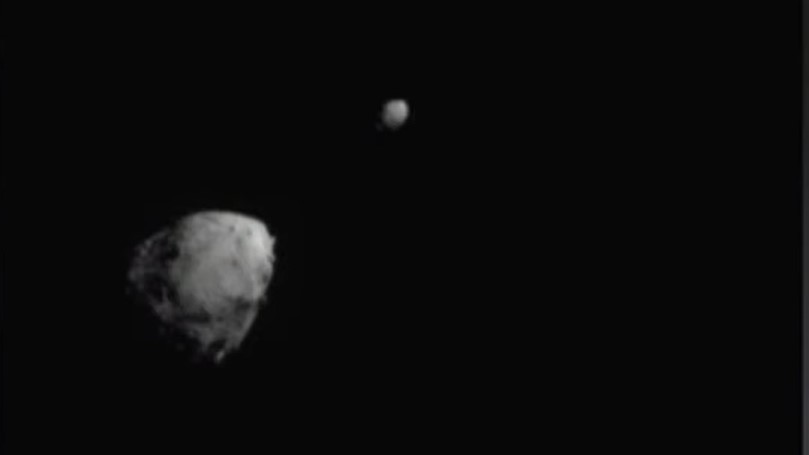
Didymos binary asteroid system: NASA's target for DART
By Vicky Stein published
Reference Didymos is a binary asteroid system that NASA's DART mission visited during the agency's first planetary defense mission.
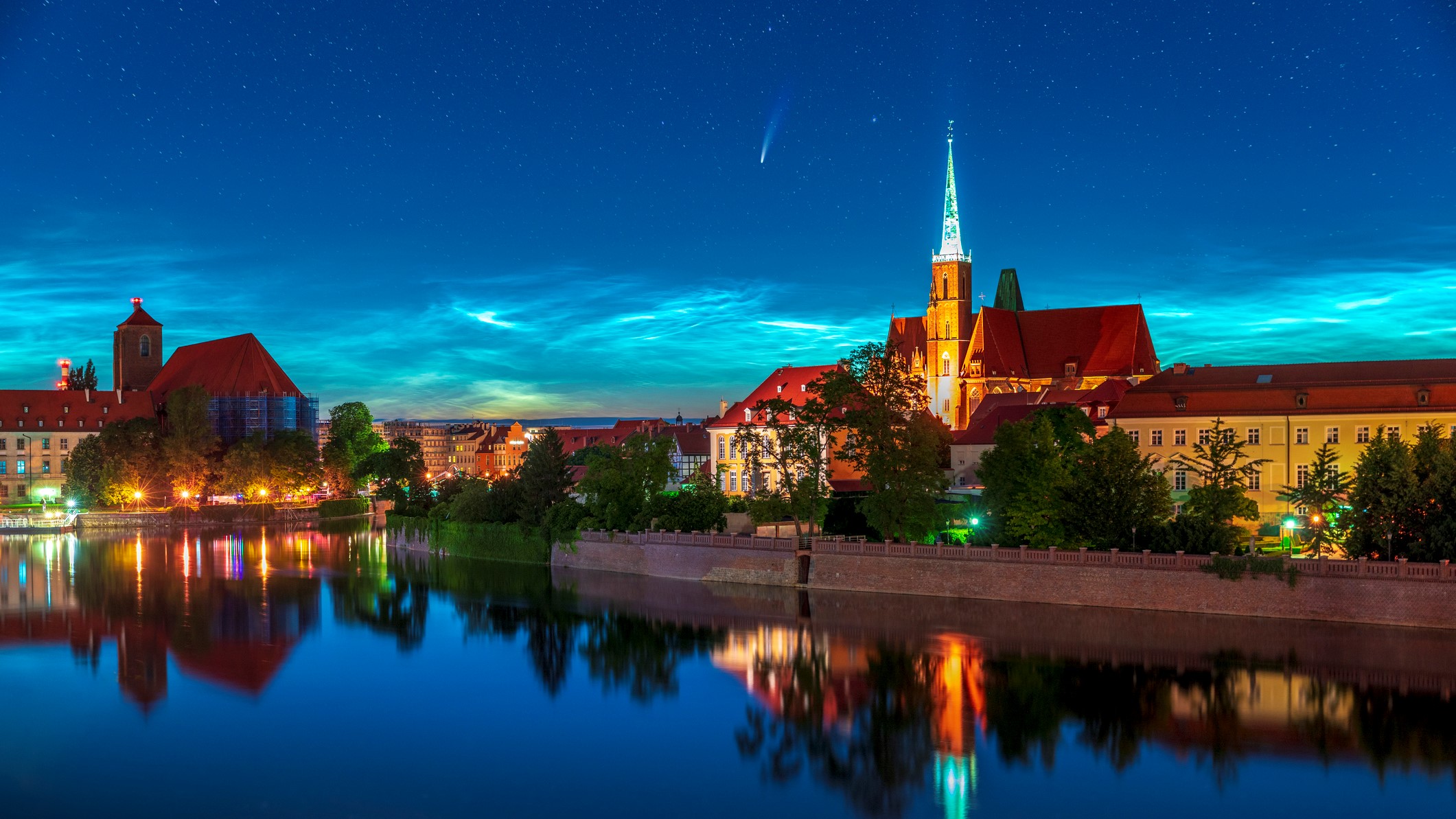
What is astronomical twilight?
By Vicky Stein last updated
Reference Astronomical twilight is the darkest phase of twilight that a viewer sees before the last refracted sunlight leaves the horizon. It usually occurs twice a day.
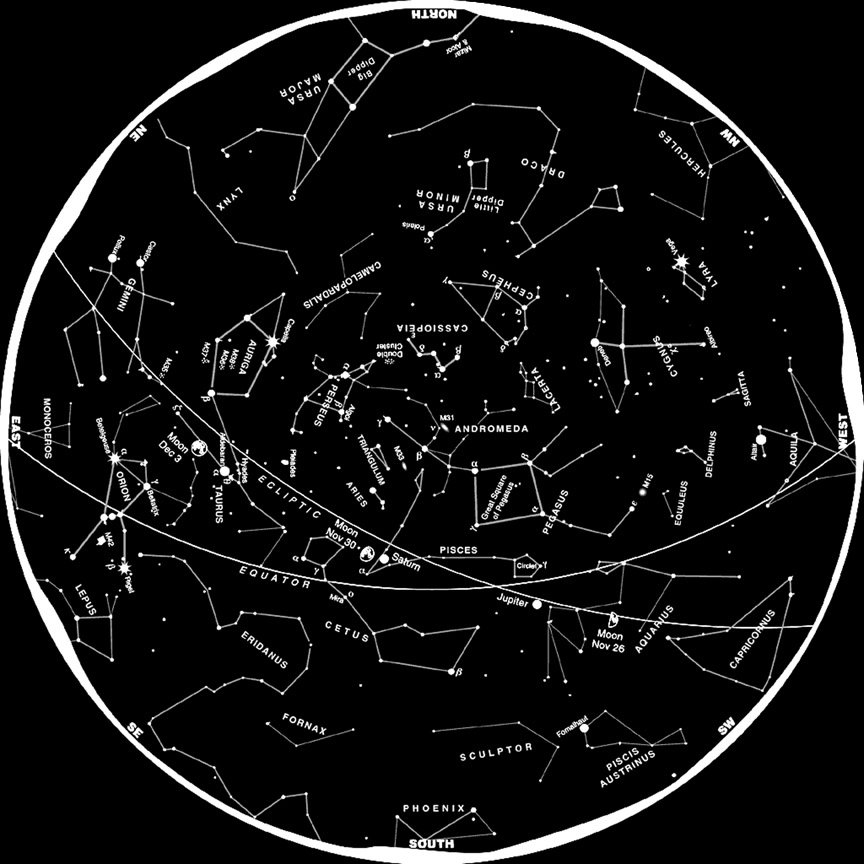
Constellations of the western zodiac
By Vicky Stein last updated
Reference The constellations of the western zodiac are now used to orient skywatchers, navigate without technology and inspire interest in the night sky.
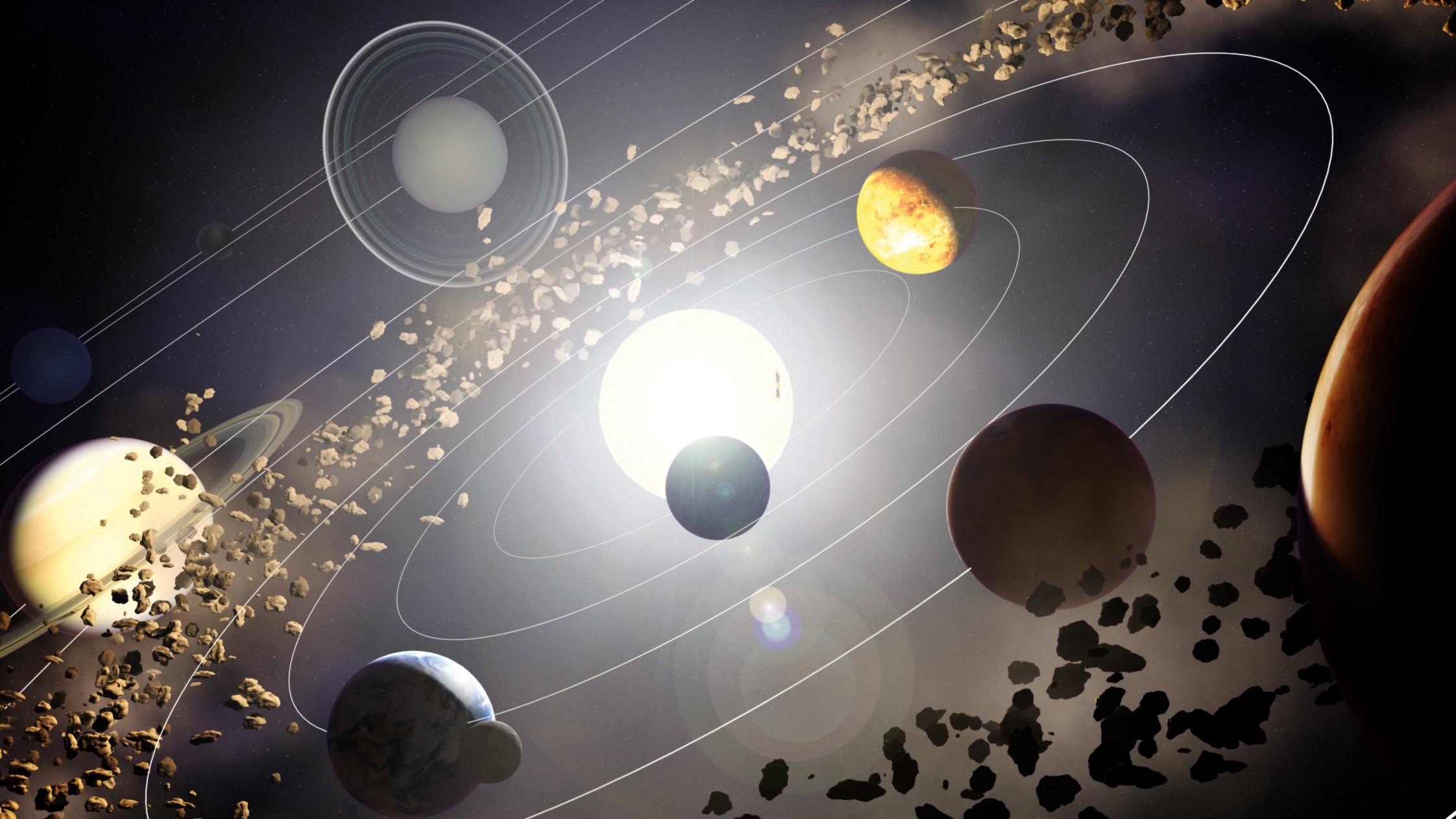
25 weird and wild solar system facts
By Elizabeth Howell, Vicky Stein published
Reference Explore our 25 weird solar system facts and see how our neighborhood is stranger than we could ever imagine.
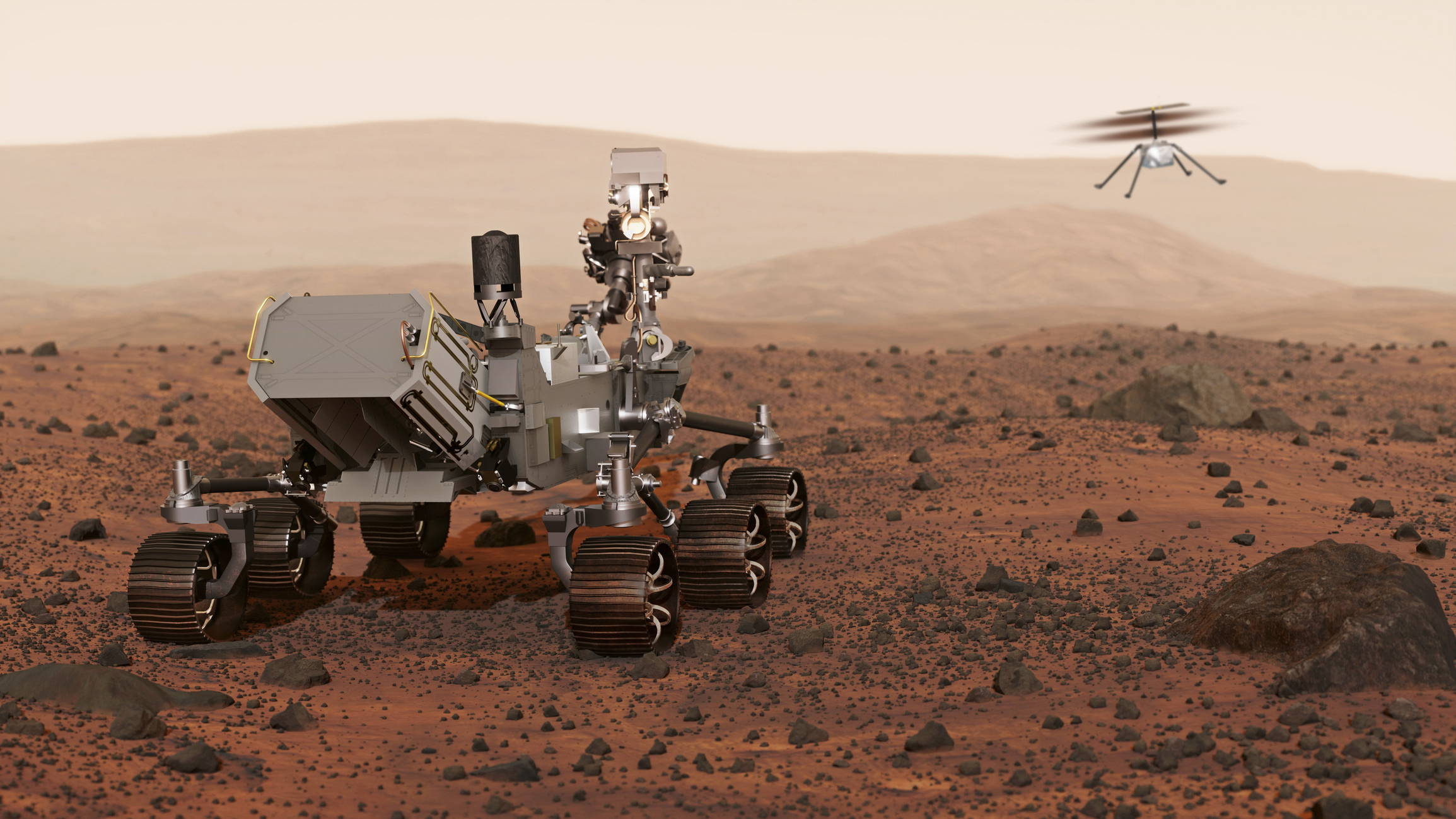
Mars missions: A brief history
By Elizabeth Howell, Vicky Stein published
Reference Mars missions have been launching for over 50 years. Humanity has sent orbiters, probes and landers to Mars but not every mission has been successful.
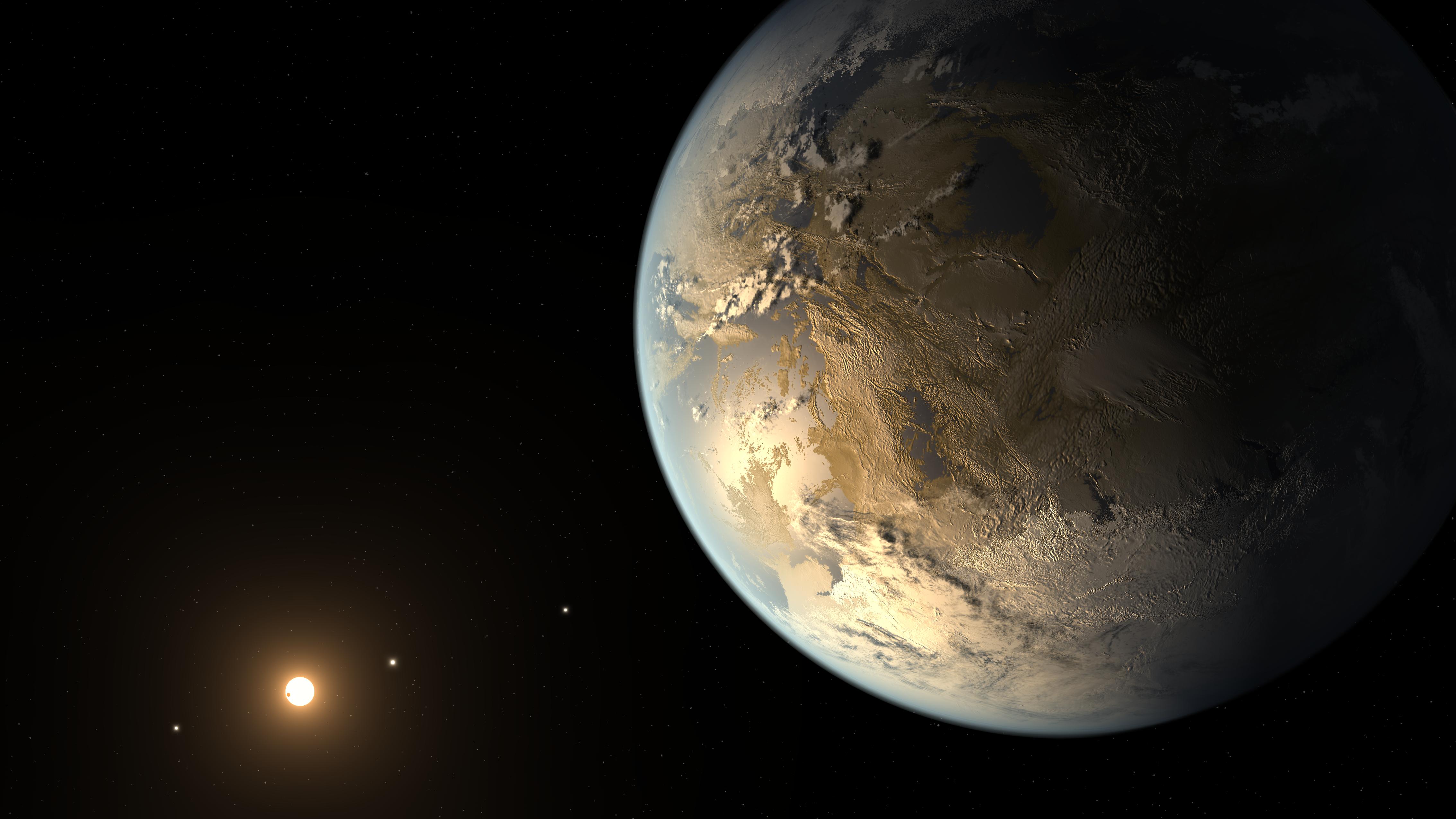
Superhabitable planets: Alien worlds that may be more habitable than Earth
By Charles Q. Choi published
Two dozen so-called superhabitable alien worlds may be as good as or better than Earth for life as we know it.
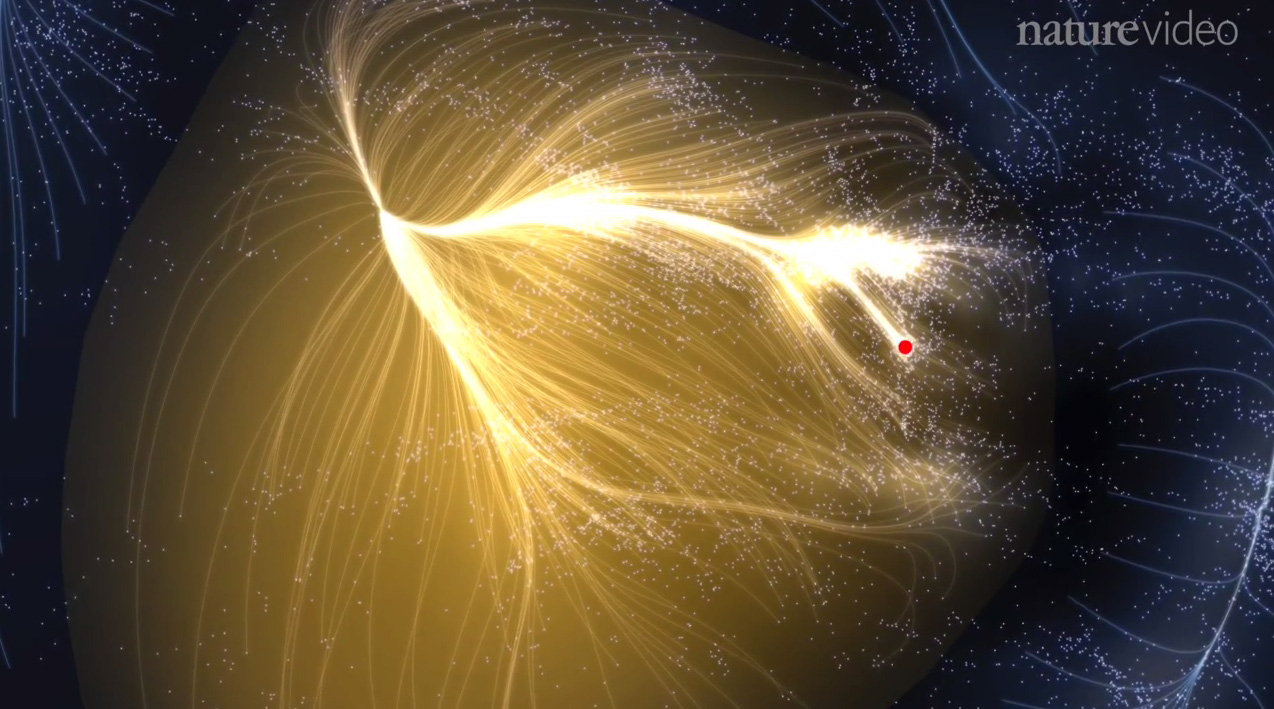
What is the biggest thing in the universe?
By Elizabeth Howell published
Earth and even the sun are puny compared to a mighty, hulking source of gamma-rays.
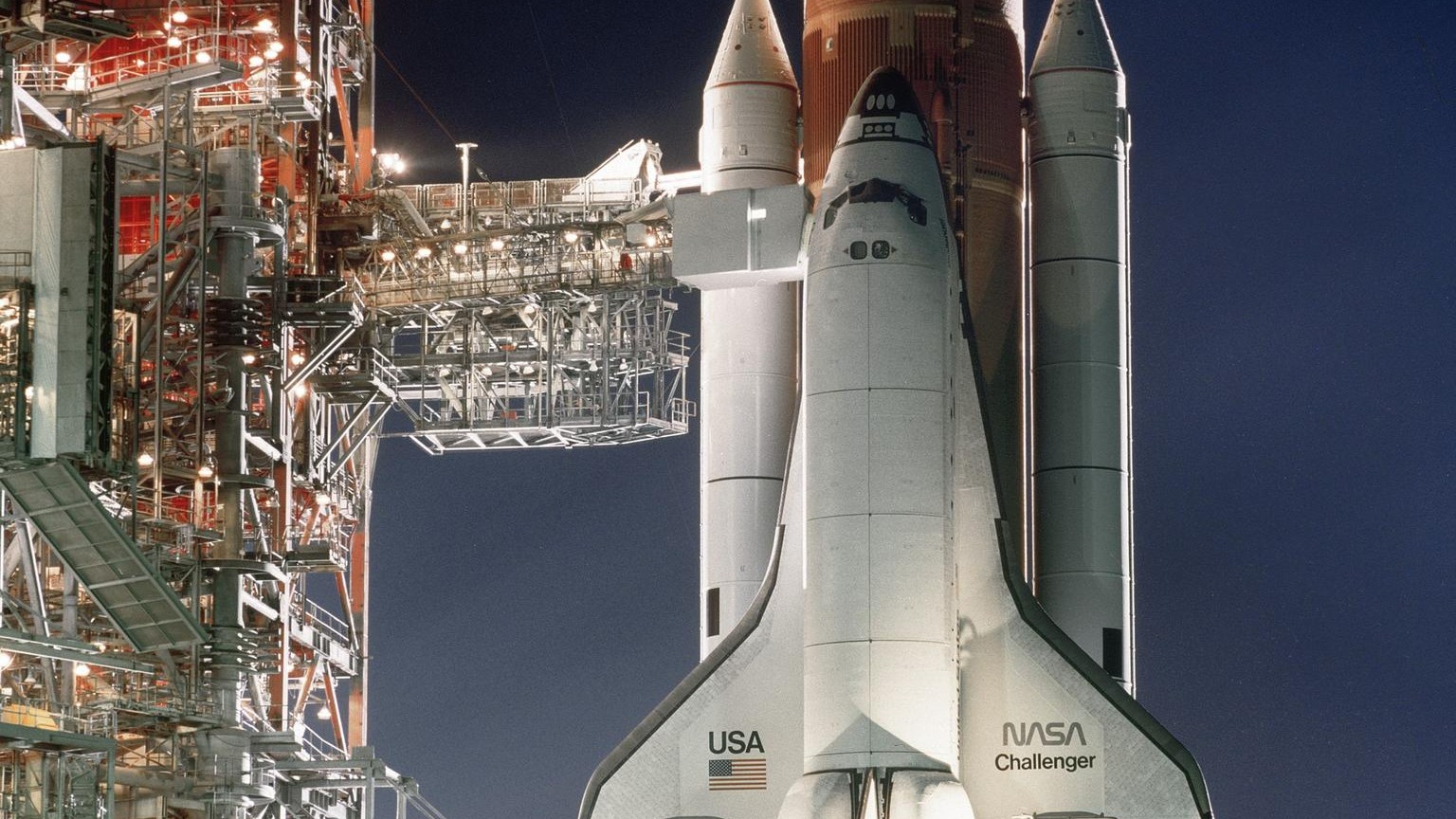
Space shuttle Challenger and the disaster that changed NASA forever
By Elizabeth Howell published
Reference Space shuttle Challenger exploded just 73 seconds after liftoff on Jan. 28, 1986, changing NASA's space program forever.
Get the Space.com Newsletter
Breaking space news, the latest updates on rocket launches, skywatching events and more!

